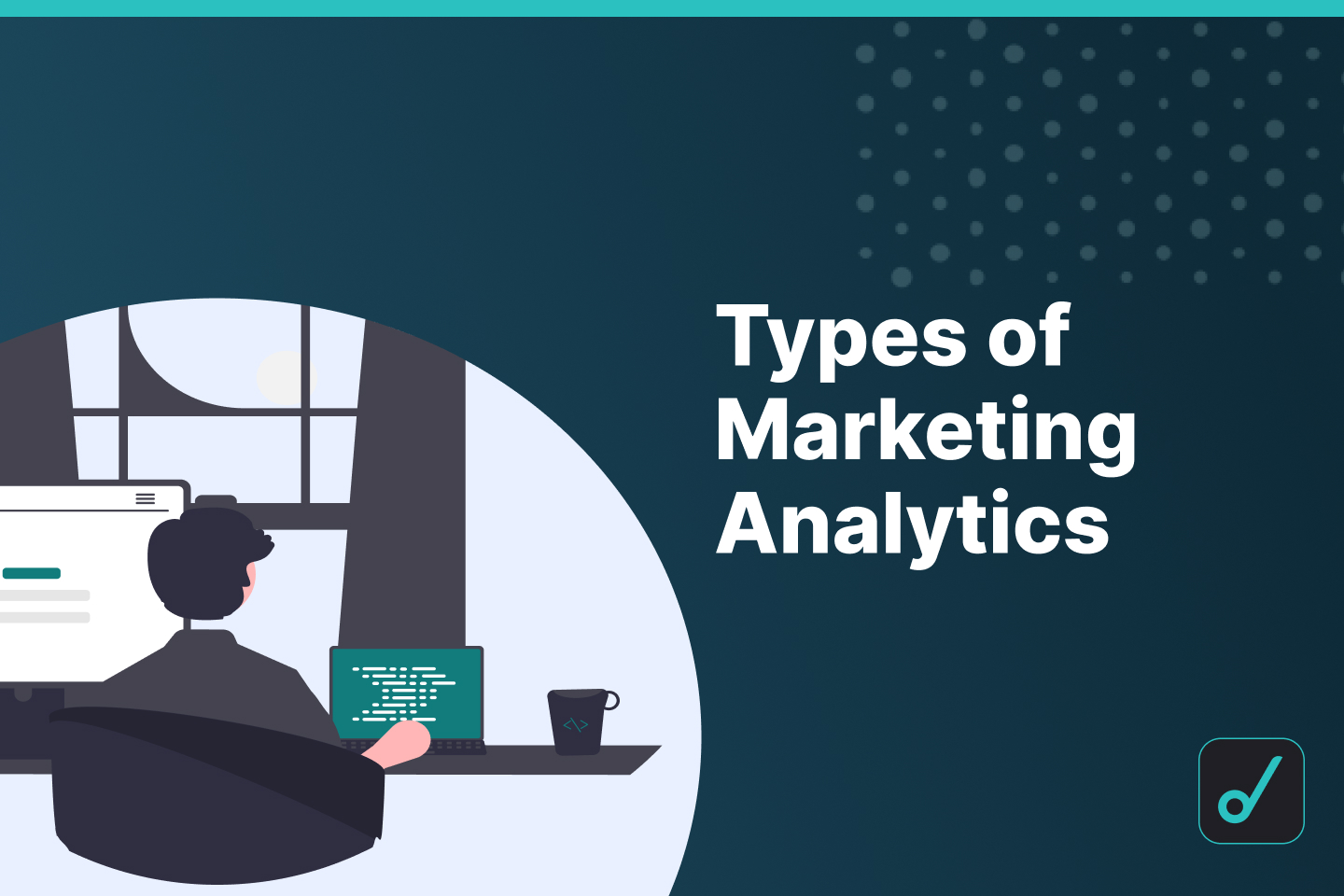 In the world of marketing analytics, it is becoming increasingly important to have a solid understanding of attribution and its various models. Attribution is the process of assigning credit for a conversion to a specific marketing channel or touchpoint. It helps marketers understand which marketing channels are driving the most conversions, allowing them to allocate their budget accordingly. However, there are instances where platforms, agencies, and even internal teams manipulate attribution to twist performance for their benefit.
In the world of marketing analytics, it is becoming increasingly important to have a solid understanding of attribution and its various models. Attribution is the process of assigning credit for a conversion to a specific marketing channel or touchpoint. It helps marketers understand which marketing channels are driving the most conversions, allowing them to allocate their budget accordingly. However, there are instances where platforms, agencies, and even internal teams manipulate attribution to twist performance for their benefit.
To combat this manipulation, it is crucial to know the measurement terms related to attribution. In this article, we will delve into some of the most common terms and models used in attribution.
The first model we will explore is multi-touch attribution (MTA). This method assigns credit for a conversion to multiple marketing touchpoints. Common attribution models include last-touch, linear, decay, and the data-driven black box model. MTA helps marketers understand the impact of all marketing channels that contribute to a conversion. However, it can be easily manipulated by flipping through different models until numbers fit the desired narrative. It is important to use early-touch attribution for upper-funnel campaigns and later attribution models for retargeting, email, and branded search campaigns.
The next term to know is marginal efficiency versus average return. Marginal efficiency refers to the additional revenue generated from each dollar spent on marketing. Understanding this number helps marketers make smarter decisions about the cost per acquisition (CPA) they are willing to accept. The concept of marginal efficiency is often exploited by bundling more expensive conversions with cheaper ones, leading to misleading metrics.
Non-incremental conversion measurement is another important term in attribution. Non-incremental conversions are conversions that would have happened even without running any marketing campaigns. Identifying these conversions helps accurately measure the impact of marketing campaigns and allocate budgets more effectively. It is common for brand search campaigns and retargeting campaigns to be over-credited for conversions that would have happened regardless of the ads.
The halo effect refers to the positive impact that marketing has on sales that are not tracked. It can be a significant source of revenue for businesses. Understanding the halo effect is particularly important for search campaigns, as positive marketing without clear tracking can show up in other metrics, such as increased brand search volume.
Marketing mix modeling (MMM) is a statistical technique used to measure the impact of marketing variables on sales. It helps marketers understand which variables have the greatest impact on sales, allowing them to allocate their budget accordingly. However, MMM struggles to distinguish between channels if all spend rises equally. It is important to rerun these analyses after deliberately introducing and controlling variance.
Click-through versus view-through attribution is a method that assigns credit for a conversion to the ad the customer clicked on or viewed. Click conversions are considered more meaningful than view conversions because they indicate higher user engagement. However, giving view-through conversions the same value as clicks is disingenuous and can lead to misleading metrics.
Finally, the cookie window or lookback window refers to the time after a customer sees or clicks on an ad during which subsequent conversions will be attributed to that ad. The length of the cookie window can significantly impact performance, as a longer window will attribute more conversions but also increase the chance of other influences being credited.
In conclusion, understanding marketing attribution models and their definitions is crucial to prevent manipulation and make informed decisions based on accurate data. By being aware of these terms and models, marketers can better allocate their budgets and ensure that their campaigns are driving meaningful conversions.
